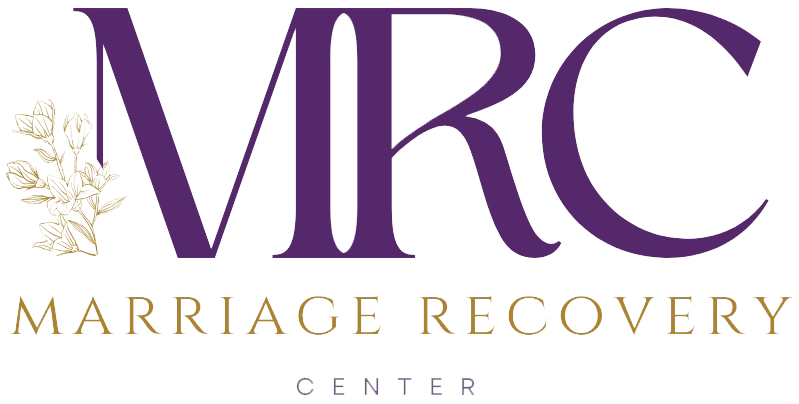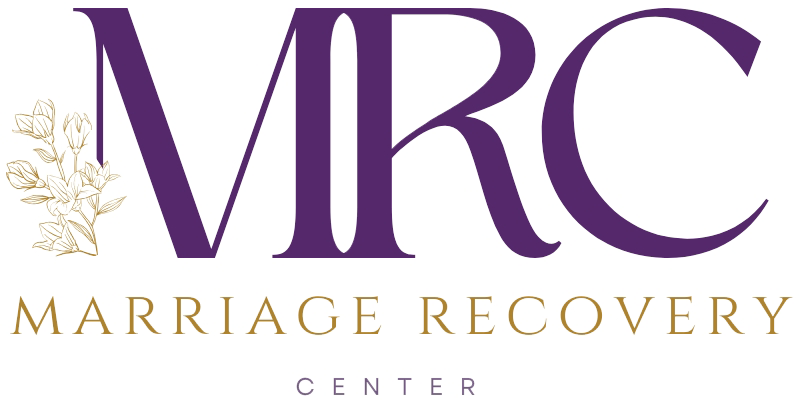If you are experiencing brain fog, racing thoughts, feeling easily overwhelmed or emotionally shut down on a regular basis, you may be experiencing symptoms of trauma. Jonathan Glover talks about the 5 stages of trauma recovery.
The 5 stages of trauma recovery explained
If you have experienced a traumatic event in your life, or endured the chronic stress resulting from an abusive or manipulative relationship, such as the trauma of discovering infidelity, you are familiar with the feeling that your life has been turned upside down.
The aftermath of trauma often manifests as brain fog, difficulty concentrating, racing thoughts, emotional overwhelm, or emotional shutdown. In this article, we will delve into the five crucial stages of healing from trauma, with a particular focus on recovering from the trauma resulting from emotionally abusive relationships.
Stage 1: Establishing Safety
The most important factor when embarking on the journey of trauma recovery is safety, both physically and emotionally. Ensuring safety means preventing new traumatic events and avoiding re-traumatization during the healing process. In emotionally abusive relationships, safety hinges on identifying and addressing aggressive, manipulative, deceptive, demeaning, or controlling behaviors. These behaviors are the source of trauma, and while addressing them can prevent future harm, they don’t inherently heal the victim. It’s like tranquilizing a rabid dog in your car without addressing the fear it instilled in you. Boundaries play a vital role in establishing safety by clarifying expectations and protecting your emotional well-being.
Stage 2: Setting Boundaries
Boundaries are essential for safeguarding your well-being and preventing future harm. They help define where you end, and others begin, which is often blurred in emotionally abusive relationships. Boundaries are not about controlling someone else’s behavior but about recognizing situations, interactions, or environments that make you uncomfortable or unsafe and developing a plan for how to respond. Setting boundaries can be daunting, especially for long-term victims, but they are vital for your healing journey.
Stage 3: Reconnecting with Your Identity
In abusive relationships, victims often become hyper-focused on the perpetrator’s needs and emotions, relegating their own emotions to the background. The third stage of healing revolves around redefining your identity, rediscovering who you truly are, identifying your needs, strengths, and support systems. This process is crucial because emotional abuse tends to distort self-perception, and victims need to examine where external messages conflict with their core values and beliefs. While this phase can be emotionally taxing, it is a necessary step towards healing.
Stage 4: Acceptance
Acceptance in trauma recovery doesn’t mean embracing the damage or abusive behaviors but acknowledging that you did experience trauma, and those experiences have shaped you. It involves accepting your current self, including the painful emotions, strengths, and inherent value. This stage is essential to break free from the shackles of guilt, shame, anger, and depression that often accompany trauma.
Stage 5: Restoration and Repair
The final stage of trauma recovery focuses on moving forward in the direction you desire for your life. It’s about restoration and repair, not just of your external relationships but also of your inner self. Healing from trauma, especially from emotionally abusive relationships, is a journey that may be long, uncomfortable, and at times, intimidating. Having guidance and support throughout this process can be immensely beneficial, whether from a therapist, support group, or trusted friends.
Conclusion
Healing from trauma, even the trauma resulting from emotionally abusive relationships, is possible. It involves a series of stages, from establishing safety to restoring and repairing your life. While the presence of the perpetrator’s recognition and validation can be helpful, it is not a requirement for healing. The most important aspect is your commitment to your own well-being and personal growth. Remember, you can recover, rediscover your identity, and lead a fulfilling life beyond the shadows of trauma.
To learn how we can help, reach out to us at (206) 219-0145 or info@marriagerecoverycenter.com to speak with a Client Care Specialist
Also read: How to co-Parent With a Narcissistic Spouse
About Dr. Hawkins:
The internet is inundated with hyperbole and misinformation about narcissism, leaving many people confused and hopeless. Get the facts on narcissism and emotional abuse from someone who has been researching, writing about and treating narcissism and emotional abuse for over a decade.
Dr. Hawkins is a best-selling author and clinical psychologist with over three decades of experience helping people break unhealthy patterns and build healthier relationships.
He is the founder and director of the Marriage Recovery Center and the Emotional Abuse Institute which offers education, training and counseling for people who want to break free of, and heal from, emotional abuse. Whether the perpetrator of the abuse is your spouse, partner, parent, boss, friend or family member, we offer practical advice for anyone trapped in a toxic, destructive relationship.
In addition to narcissism & emotional abuse, you’ll learn about the lesser known forms of abuse, including covert abuse, reactive abuse, spiritual abuse, secondary abuse, relationship trauma and much more.








